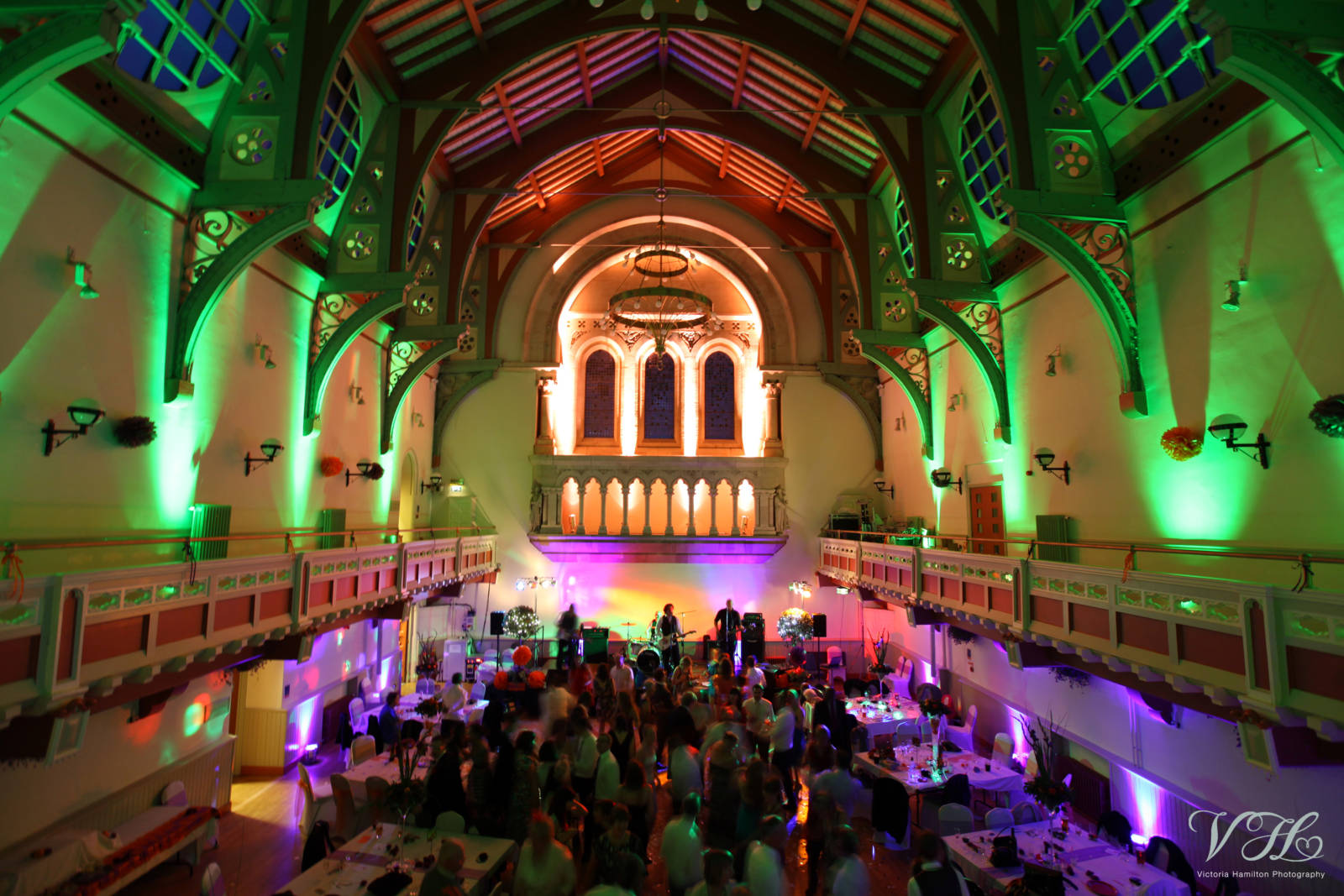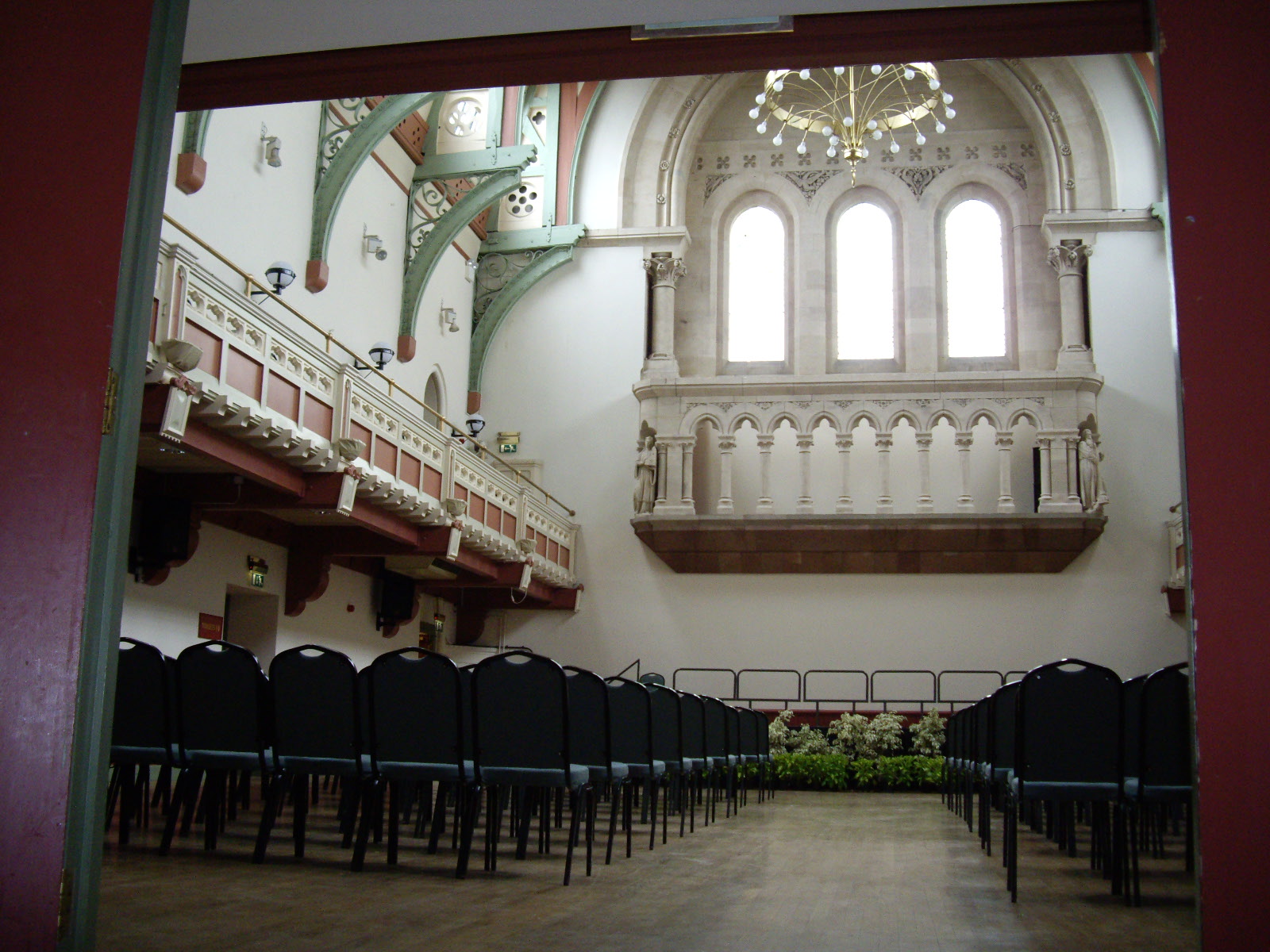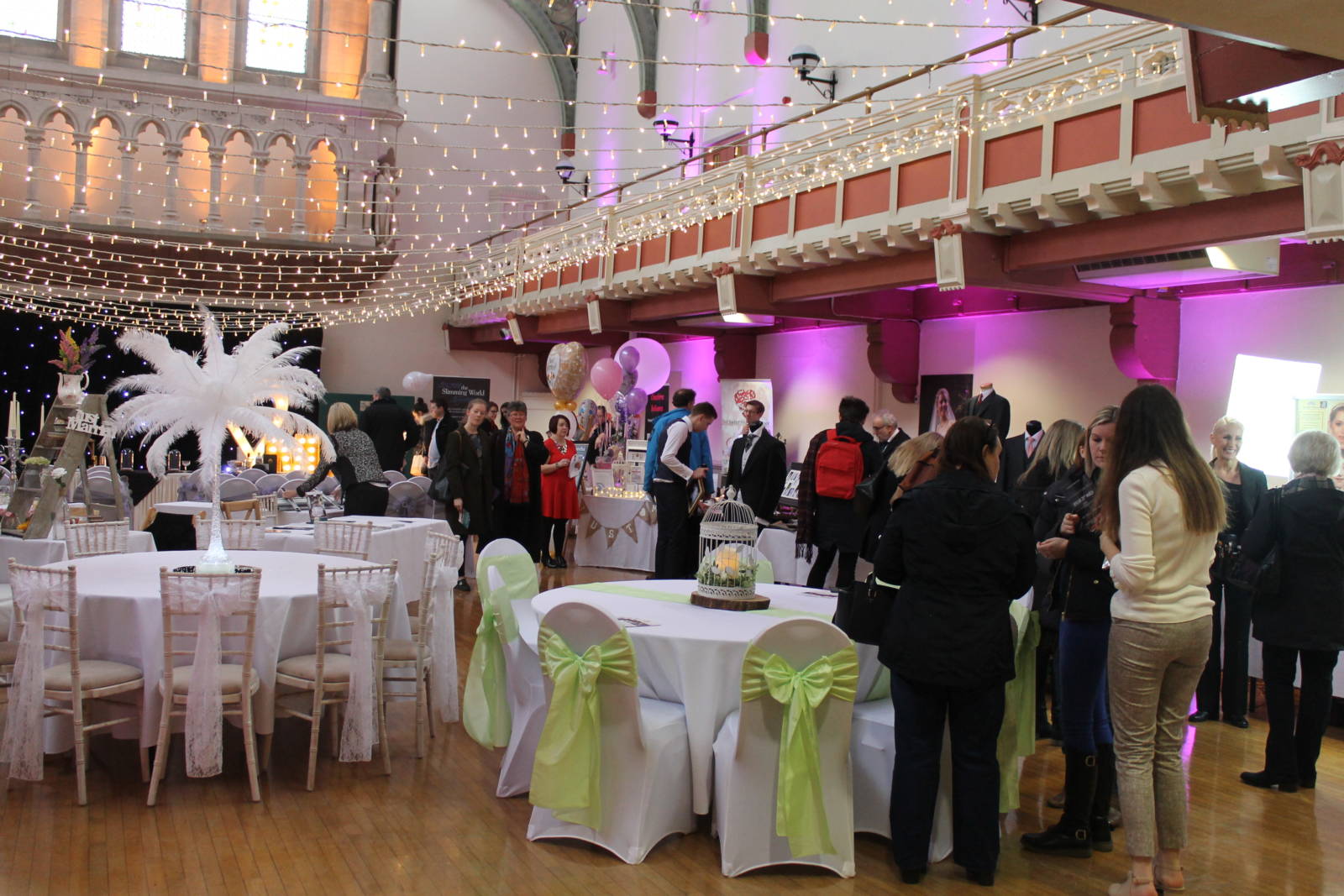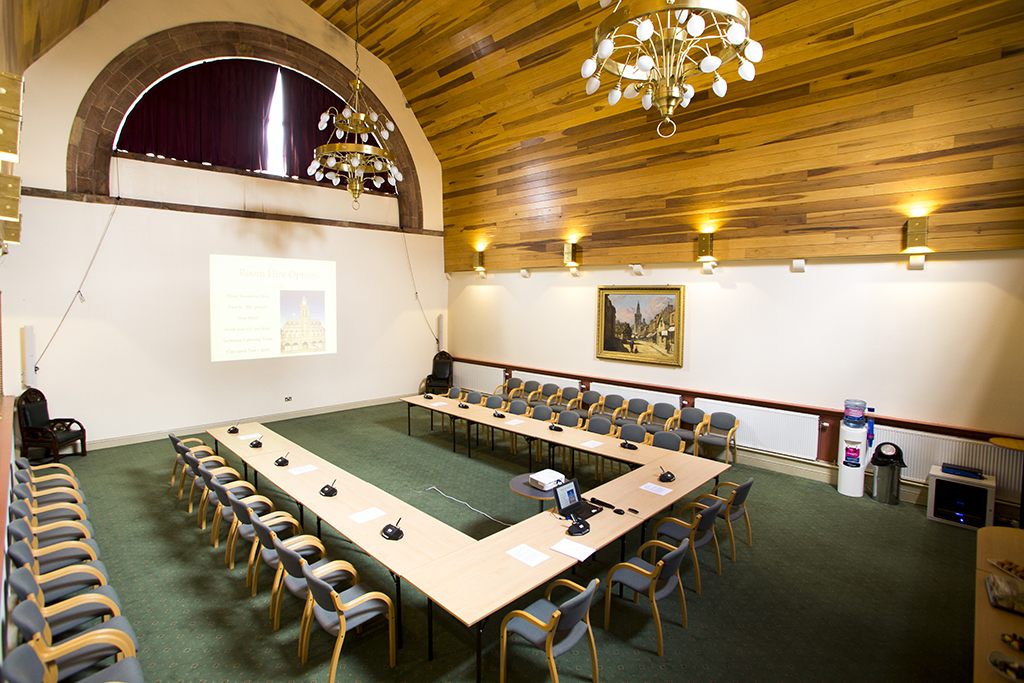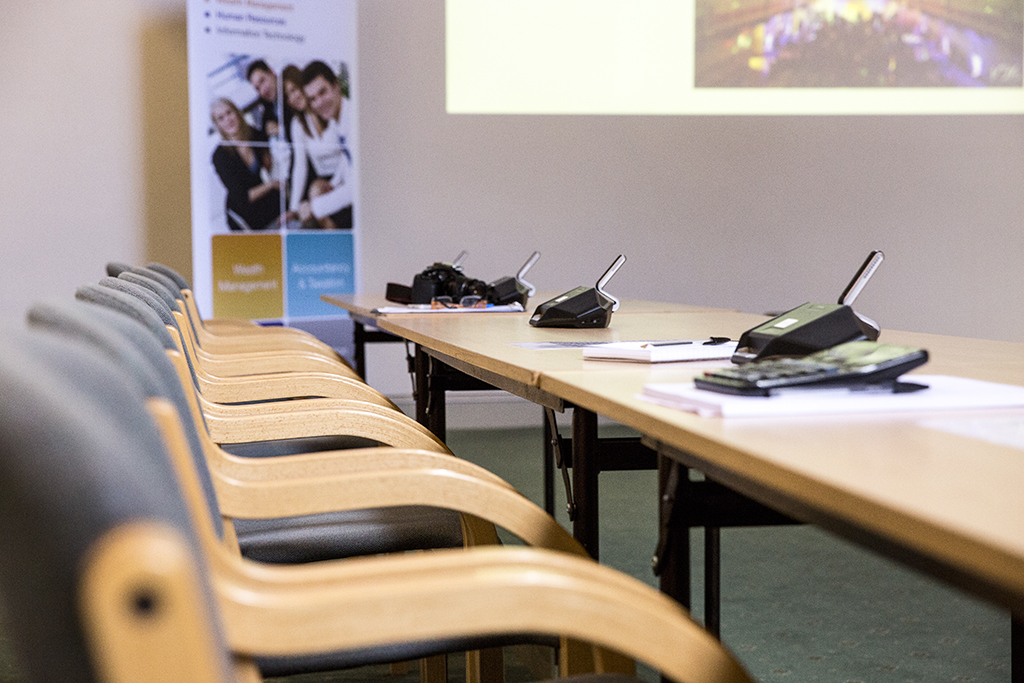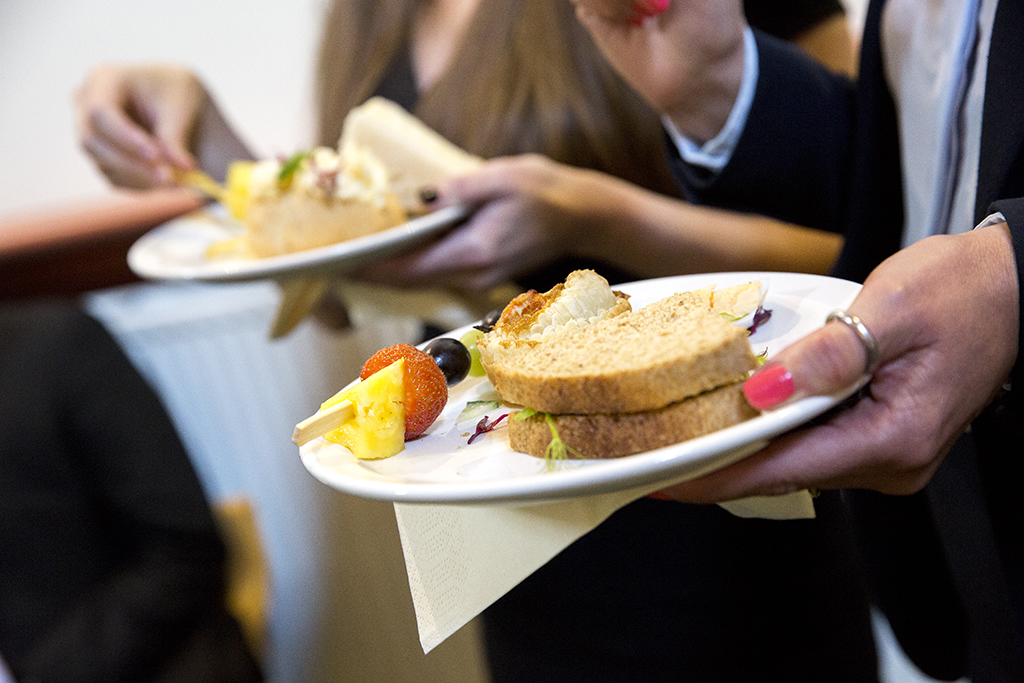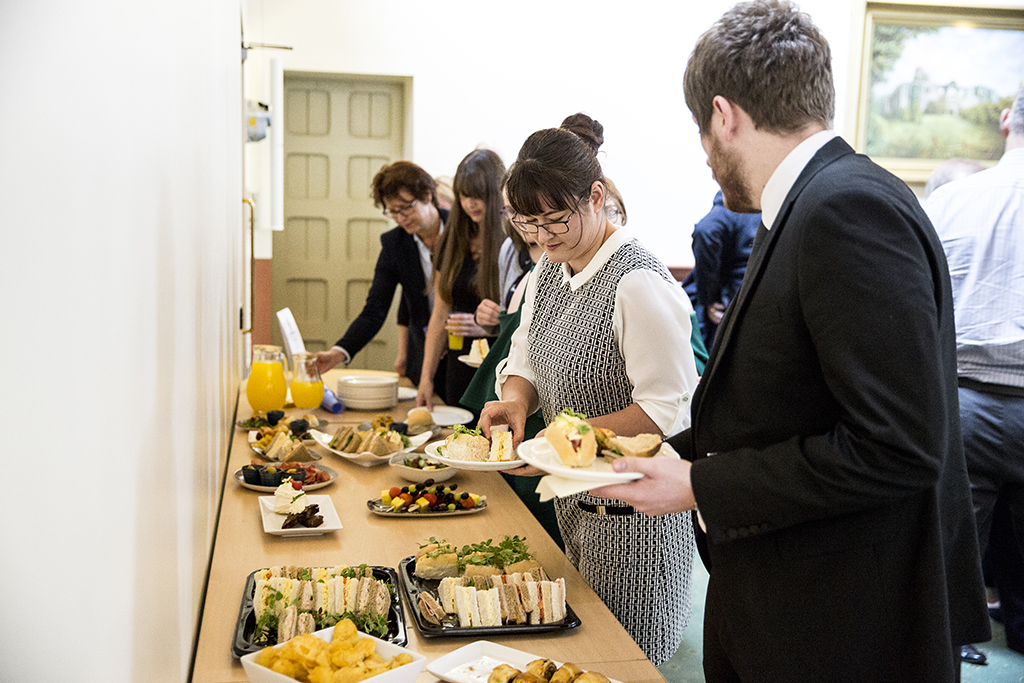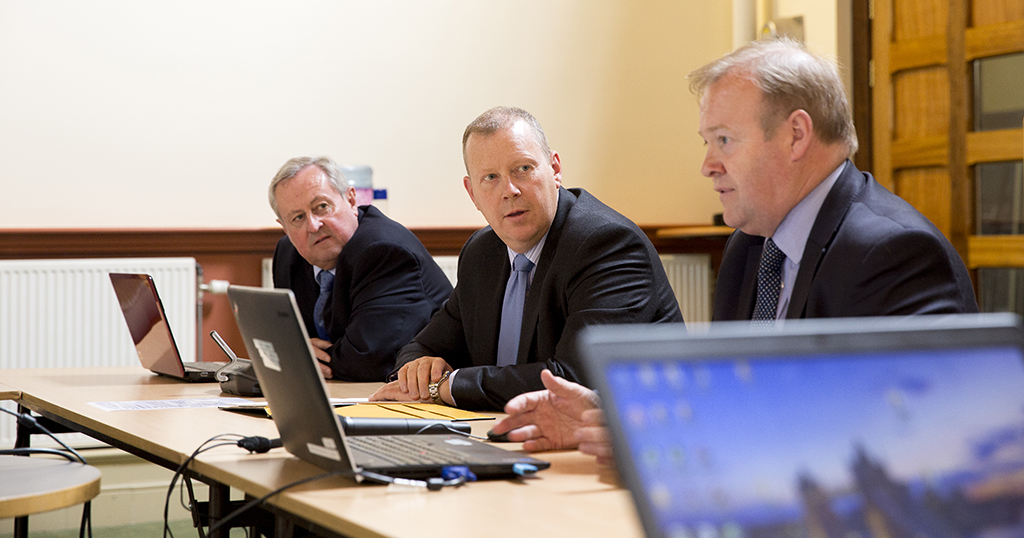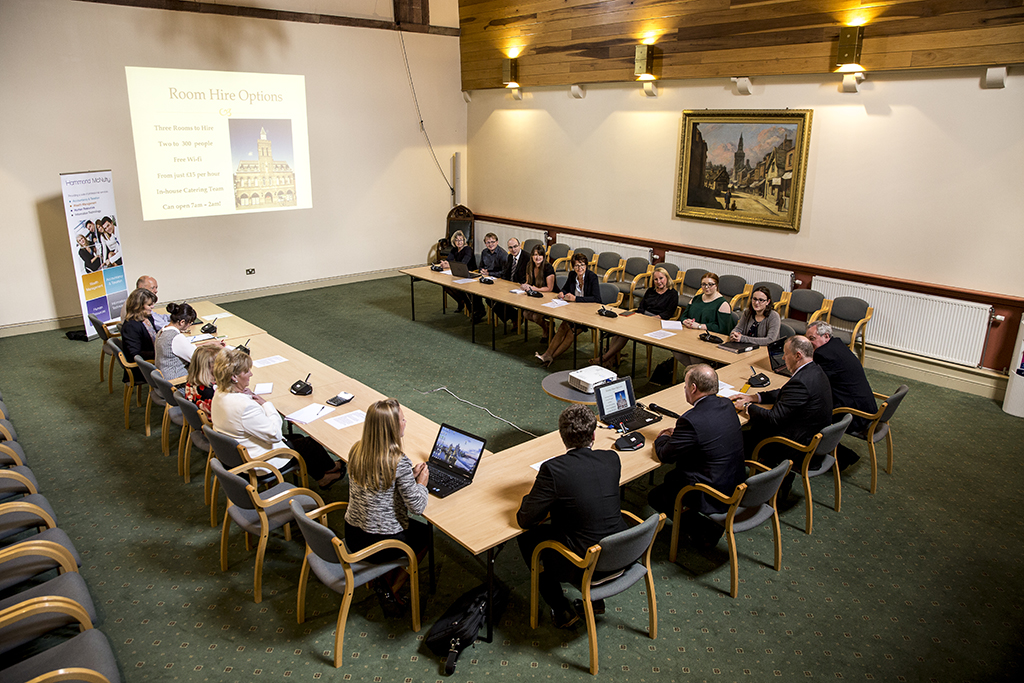What we eat is a major part of our impact on the planet, both in terms of our carbon emissions and also on biodiversity.
Having a better understanding of what makes a food sustainable could help us all make more informed decisions on what we buy and eat, and in turn reduce our carbon footprint and protect natural habitats.
You might like to take the Food module of the Sustainable Living in Congleton Course.
What is Sustainable Food?
Sustainable food isn’t only about the food itself. It’s a combination of factors including how the food is produced, how it’s distributed, how it’s packaged and how it’s consumed.
One factor is ‘food miles’ or the distance food has travelled to get to your plate. But growing non-local crops locally in heated greenhouses can also push up their carbon footprint.
Many farmers are now using more sustainable methods, avoiding harmful pesticides and monocrops, and using crop rotation to improve biodiversity and soil fertility.
Sustainable farmers use livestock husbandry techniques that protect the animals’ health and wellbeing. They provide pasture grazing and allow animals to move freely. No animal is confined to a cage or restricted holding pens. This all ensures that animals are treated with care and respect.
Sustainable food is food that is safe and healthy. It’s produced without hazardous pesticides and chemicals, non-essential antibiotics or growth promotion supplements.
Nutrition is also playing an increasing role in defining sustainable foods. There’s a growing movement towards plant-based foods. These foods tend to have a greater emphasis on whole foods and fewer processed ingredients.
How we prepare and cook food is also important for the carbon footprint of a meal. Generally speaking, the carbon footprint of the oven is greater than hob is greater than pressure cooker or microwave. Roasting vegetables has a much higher carbon footprint than microwaving them, for example.
Greenhouse Gas Emissions from Food Types

How can I eat more sustainably?
Start by making or two changes each week or month. You can swap beef mince for veggie mince, choose fair trade coffee or have a go at reducing food waste at home.
9 WAYS YOU CAN EAT MORE SUSTAINABLY:
- Reduce the amount of meat, fish and dairy you eat. Animal agriculture is an industry with one of the largest carbon footprints. You don’t have to go full on vegan, just reduce the amount of meat and dairy you eat.
- Eating less meat and dairy may mean that you could spend a little extra on sustainably reared meat when you do eat it.
- Choose to eat foods that are in season. Seasonal foods haven’t had to be artificially ripened and are less likely to have come from overseas.
- Likewise, native foods that have been produced locally have fewer air miles.
- Reduce your food waste. Use leftovers in soups, curries and pies. Compost what’s left.
- Avoid buying food in plastic packaging. Plastic only adds to the problems of sustainability as it’s so energy intensive to make and recycle, and creates problem waste if not recycled.
- Choose products that have been traded fairly.
- Grow your own herbs, fruit and vegetables. That way, you’ll know exactly what’s gone into producing them and the ‘food miles’ will be zero!
- Consider how you cook your food, for example, only turn the oven on if there are several things going into it at once.
You can check out the sustainability of the foods you eat with the BBC’s Climate Change Food Calculator.
Vegetarian or Vegan?
Many people are choosing to cut out meat or animal products all together. A vegetarian or vegan diet can mean losing weight, saving money and discovering lots of new recipes, and is, on average 2.5 times better for your carbon footprint than a meat diet.
Check out the Ten Reasons to go Vegetarian from Down To Earth.
If you are vegan you don’t eat any animal products including dairy and eggs. Check out the Vegan Society’s Reasons to go Vegan.
Buying Sustainable Food in Congleton
Here are a number of shops and cafes that provide locally-grown fresh food wherever possible:
| NAME | DESCRIPTION | ADDRESS | WEBSITE | PHONE |
| Crema Deli | Café – upstairs/takeaway & Shop – homemade deli food to purchase | 5 Bridge Street, CW12 1AY | https://www.facebook.com/CremaDeli/ | 01260 270511 |
| Reubens | Restaurant – all homemade food, local produce | 46 Lawton Street, CW12 1RS | https://www.reubensbarandbbq.com | 01260 273517 |
| RJ & J Moore | Local fruit, vegetables, flowers | 15 Mill Street, CW12 1AB | https://www.near.co.uk/3584120-Moore-R-J-*-J | 01260 273249 |
| The Loft Restaurant | Café – upstairs in antiques mill, food Homemade | Victoria Mill, Foundry Bank, CW12 1EE | https://www.victoriamillantiques.co.uk/coffee-shop/ | 01260 400050 |
| Higher Ground | Café – coffee, pastries, homemade food and alcohol licence | 56 High Street, CW12 1BA | https://thehigherground.co.uk | 01260 295042 |
| Home of Feast | Restaurant – homemade food, alcohol licence | The Old Chapel, 22 Mill Street, CW12 2AD | https://homeoffeast.co.uk | |
| Pecks Restaurant | Restaurant – fine dining, special occasion dining – pre book. | Newcastle Road, Brownlow Heath, CW12 4SB | https://www.pecksrest.co.uk | 01260 275161 |
| The Lion & Swan | Restaurant – fine dining, breakfast, accommodation | Swan Bank, CW12 1AH | https://lionandswan.co.uk | 01260 211211 |
| Gather | Café – coffee, cakes, lunch, takeaway and sit in. | 3 High Street, CW12 3BN | https://www.facebook.com/GatherOfCheshire | 01260 279990 |
| Stock at the Pavilion | Café in the park, special occasion, coffee, cake, lunch. | Mill Green, CW12 1JG | https://stockpavilion.co.uk | 07923 371126 |
| Bare Health | Health & wellbeing shop, vitamins, refillable liquids, shampoos, hand wash etc | 34 High Street, CW12 1BD | https://www.barehealth.co.uk | 01260 408413 |
| Old Saw Mill | Food hub, café, homemade food, coffee, cake, lunch, community building | Back River Street, CW12 1HJ | www.theoldsawmill.org | 01260 277658 |
Last updated: 3rd April 2024
Image by OpenClipart-Vectors from Pixabay


